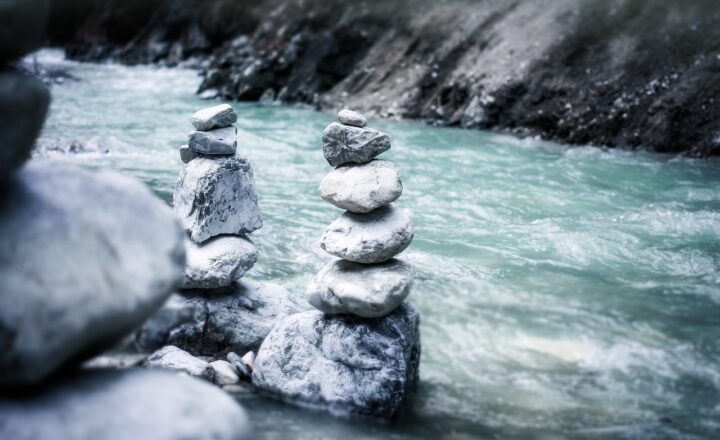The Beautiful Diversity of Sand Around the World: From White Beaches to Red Deserts
November 14, 2024

Sand is often taken for granted, yet it is one of nature’s most beautiful and diverse creations. From the fine, white sands of tropical beaches to the rugged, red sands of arid deserts, the diversity of sand types is a reflection of earth’s complex geology, climate patterns, and biological interactions.
1. Understanding the Origins of Sand
Sand is formed through the weathering and erosion of rocks and minerals. Over time, natural forces such as wind, water, and ice break down these materials into tiny particles. The composition and color of sand are determined largely by the type of parent material from which it originates. Common sand-forming minerals include quartz, feldspar, and mica. The geographic settings of sand deposits also play a significant role in their characteristics.
#
1.1 Types of Sand Based on Composition
Sand can be categorized based on its mineral composition:
– Silica Sand: Composed predominantly of quartz, this type is the most widespread. It offers a bright white to light tan color and is found on many popular beaches.
– Calcareous Sand: Comprising mainly calcium carbonate, this sand is common in tropical marine environments, resulting in soft, white sands typical of Caribbean beaches.
– Volcanic Sand: Found in locations with volcanic activity, this sand typically contains dark-colored minerals like basalt, giving it a unique black or dark grey hue.
– Red Sand: Often found in desert environments, red sand derives its color from iron oxide, which provides a distinct reddish coloration seen in places like the Sahara Desert.
2. The Allure of White Sand Beaches
Perhaps the most iconic representation of sand comes from the world’s stunning white sand beaches. The brilliant hues of whites and very light creams are often composed mainly of finely ground quartz or coral fragments. Here are some noteworthy white sand beaches around the world:
#
2.1 Maldives
– Location: Indian Ocean
– Description: The Maldives is an archipelago known for its incredibly soft, white sand beaches enveloped by crystal-clear turquoise waters. Places like Maafushi offer breathtaking natural beauty, drawing travelers seeking tranquility.
#
2.2 Grace Bay Beach, Turks and Caicos
– Location: Caribbean Sea
– Description: Grace Bay Beach is famous for its powdery white sand and calm waters, making it a prime destination for relaxation and water sports.
#
2.3 Whitehaven Beach, Australia
– Location: Whitsunday Islands
– Description: This beach boasts some of the purest white sand in the world, comprising 98% silica. Accessible only by boat, it is a serene paradise, famous for its stunning beauty.
#
2.4 Anse Source d’Argent, Seychelles
– Location: Indian Ocean
– Description: With its uniquely weathered granite boulders, this beach offers contrasting visuals against its pristine white sand and turquoise waters, making it one of the most photographed beaches.
3. The Richness of Red Desert Sands
Moving away from the coast, we find the captivating landscapes created by red sands, often synonymous with deserts. The color of the sand is mainly due to the presence of iron oxide, which can range from light orange to deep crimson.
#
3.1 The Sahara Desert
– Location: North Africa
– Description: The Sahara, the largest hot desert in the world, features miles of shifting red sand dunes that create a picturesque yet harsh environment. This desert’s vast stretches attract adventurers and nature lovers.
#
3.2 Monument Valley, USA
– Location: Navajo Nation, Arizona-Utah border
– Description: Known for its iconic sandstone buttes and mesas, the red sands of Monument Valley are rich in Navajo culture and history. This majestic landscape offers stunning sunsets and incredible photo opportunities.
#
3.3 The Namib Desert
– Location: Namibia
– Description: Famous for the towering Dune 45, the Namib Desert showcases an array of colors, particularly its deep red dunes that illuminate beautifully under the African sun.
#
3.4 Wadi Rum, Jordan
– Location: Southern Jordan
– Description: Known as the Valley of the Moon, Wadi Rum boasts striking red sands surrounded by towering sandstone cliffs and formations, making it a popular spot for adventure tourism.
4. Unique Sand Formations Around the World
Sand isn’t just about color and location; it also takes on fascinating forms that tell the stories of environmental and climatic processes.
#
4.1 The Singing Sand Dunes
– Location: Various locations including Kazakhstan and the USA
– Description: Singing sand dunes produce melodious sounds when grains of sand move, creating a natural phenomenon that has fascinated humans for centuries. The sound occurs due to the size, shape, and moisture content of the sand grains.
#
4.2 Giant’s Causeway, Ireland
– Location: Antrim
– Description: While not traditional sand, the hexagonal basalt columns of the Giant’s Causeway were formed from volcanic activity and create a unique landscape that has become a natural wonder.
5. The Environmental Significance of Sand
Sand plays a critical role in our ecosystems and environments. Coastal ecosystems rely on sand for beach formation, habitat for wildlife, and dune stabilization. Desert sands influence local climate behaviors and act as crucial geological indicators.
However, the increasing demand for sand, primarily for construction and industrial use, has given rise to global sand mining crises. Unsustainable extraction practices threaten biodiversity and lead to habitat destruction.
6. Future Perspectives on Sand
Recognizing the beauty and importance of sand can serve as a reminder to conserve these delicate ecosystems. Sustainable practices can be encouraged to preserve not just our sandy beaches and vast deserts but also the ecological balance they maintain.
From the breathtaking whites of soft beaches to deep reds of sun-baked deserts, the diversity of sand across the globe is not just a testament to nature’s artistry but also an imperative part of our environmental narrative. Understanding and preserving these unique landscapes is vital for future generations.
Conclusion
Sand represents a magnificent and diverse aspect of our planet, manifesting in many colors, forms, and locations. As we marvel at these natural wonders, let us also recognize the need to protect and sustain them. The beautiful diversity of sand serves as a reminder of nature’s resilience and the fragility of our ecosystems—a call to honor and protect the earth’s magnificent offerings, starting with the grains of sand under our feet.








